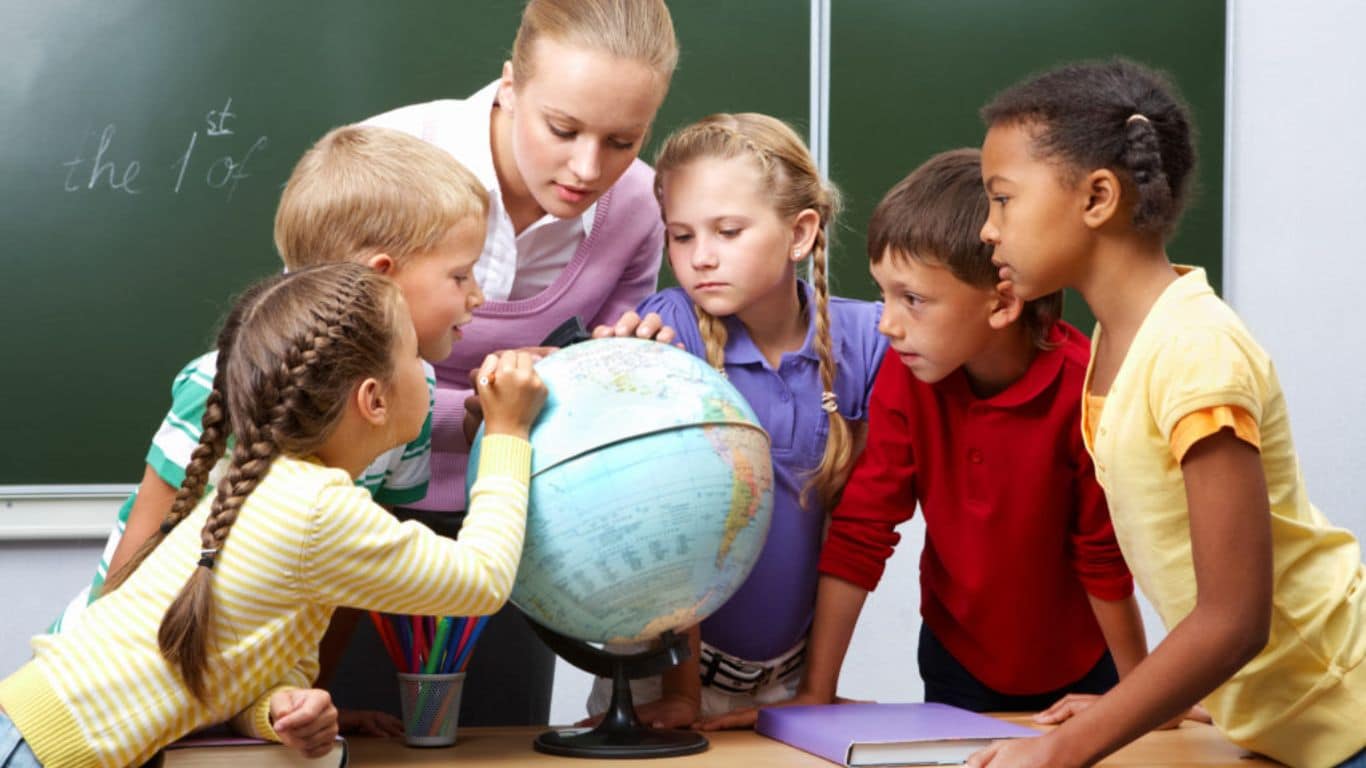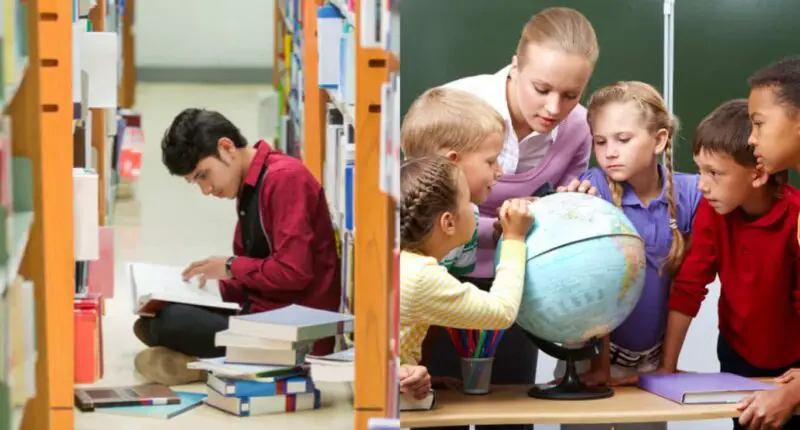When it comes to measuring a nation’s progress and development, literacy rate plays a crucial role. The ability to read and write empowers individuals, fosters critical thinking, and paves the way for socioeconomic growth. In this article, we will explore countries that have achieved high literacy rates, highlighting their commitment to education and the impact it has on their societies. we will delve into the factors contributing to their success and the lessons we can learn from their experiences. Lets take a look on this enlightening journey where we discuss, “Which Country has the Highest Literacy Rate – Ranking Top 10”, and embrace the power of literacy at the forefront of their agendas.
Which Country has the Highest Literacy Rate – Ranking Top 10
What is Literacy Rate

Literacy rate is a fundamental indicator used to assess the educational development and proficiency of a population within a specific geographical area. It measures the percentage of individuals aged 15 years and above who can read and write with comprehension in their native language. Literacy encompasses more than mere decoding of written words; it encompasses the ability to comprehend, interpret, and apply information from various written sources.
A high literacy rate signifies a society’s capacity for intellectual growth, critical thinking, and informed decision-making. It enables individuals to actively participate in civic and economic activities, access opportunities for personal development, and contribute to the overall progress of their communities. Efforts to improve literacy rates involve equitable access to quality education, effective literacy programs, and fostering a culture that values lifelong learning and the acquisition of essential skills.
Importance of Education and Literacy
Education and literacy are paramount in shaping individuals and societies, fueling progress, and fostering empowerment. They lay the foundation for personal growth, critical thinking, and lifelong learning. Education equips individuals with knowledge, skills, and competencies necessary to navigate the complexities of the modern world. It unlocks doors of opportunity, enabling people to pursue their passions, achieve their aspirations, and contribute meaningfully to society.
Literacy, a cornerstone of education, empowers individuals to communicate effectively, comprehend information, and participate actively in civic life. It cultivates a thirst for knowledge, broadens horizons, and promotes informed decision-making. Education and literacy drive social and economic development, breaking cycles of poverty, reducing inequalities, and building inclusive societies. They are catalysts for positive change, igniting a ripple effect of progress, enlightenment, and human flourishing.
Ranking Top 10 Countries in terms of Literacy

| Country | Literacy Rate |
| Andorra | 100% |
| Finland | 100% |
| Liechtenstein | 100% |
| Luxembourg | 100% |
| North Korea | 100% |
| Norway | 100% |
| Uzbekistan | 100% |
| Lativa | 99.89% |
| Estonia | 99.82% |
| Lithuania | 99.82% |
Source: Wisevoter
The survey ranks the top 10 countries based on their literacy rates, with Andorra, Finland, Liechtenstein, Luxembourg, North Korea, Norway, Uzbekistan, Latvia, Estonia, and Lithuania taking the lead. While these countries have achieved high literacy rates, it’s important to note that North Korea’s figure of 100% literacy rate is viewed with skepticism by many experts due to limited access to unbiased information. The reclusive nature of North Korea’s regime raises questions about the accuracy and transparency of their reported data. However, it is worth acknowledging that efforts towards education and literacy are critical for societal development, regardless of any doubts surrounding specific figures. Continuous improvement and investment in education systems globally are vital to ensure equitable access to quality education for all.
Why Nordic Countries have so Good Education
The Nordic countries, including Finland, Norway, and others, are widely recognized for their exceptional education systems. Several factors contribute to their success in providing high-quality education. Firstly, there is a strong emphasis on equity and equal opportunities. These countries prioritize inclusive education, ensuring that every child has access to quality education, regardless of their background or socioeconomic status. Additionally, they value highly qualified teachers who undergo rigorous training and professional development. Teachers are respected and trusted professionals, allowing them to effectively nurture students’ learning and growth. The Nordic approach also emphasizes a student-centered and holistic learning environment, focusing on critical thinking, creativity, and problem-solving skills. Furthermore, ample resources are allocated to education, with a strong commitment to research, innovation, and continuous improvement. This combination of factors creates a supportive educational ecosystem that fosters excellence and equips students with the skills needed for success in the modern world.
The Best Country in terms of Education and Literacy

Finland’s literacy rate is almost 100% which makes it one of the most literate countries in the world. Its education system stands out for its commitment to equal access to education, providing free education from pre-primary to higher levels for Finnish citizens and EU/EEA residents. Equity takes precedence over excellence, with a holistic teaching and learning environment in place. Standardized testing is absent, and individual grading systems created by teachers are used. The Ministry of Education monitors overall progress by sampling diverse school groups. Children start school at a later age, enabling free-flowing learning beforehand.
Teachers must hold master’s degrees from specialized teaching schools, with individual principals overseeing their progress. Cooperation is prioritized over competition, fostering teamwork and collaboration. Foundational basics receive emphasis, allowing students to build a strong foundation at their own pace. Following nine years of compulsory education, students are encouraged to explore academic and career paths that suit them best. This comprehensive approach has contributed to Finland’s reputation for having one of the world’s finest education systems.
Also Read: Books Every Teenager Boy Should Read: Our Top 10 Picks



